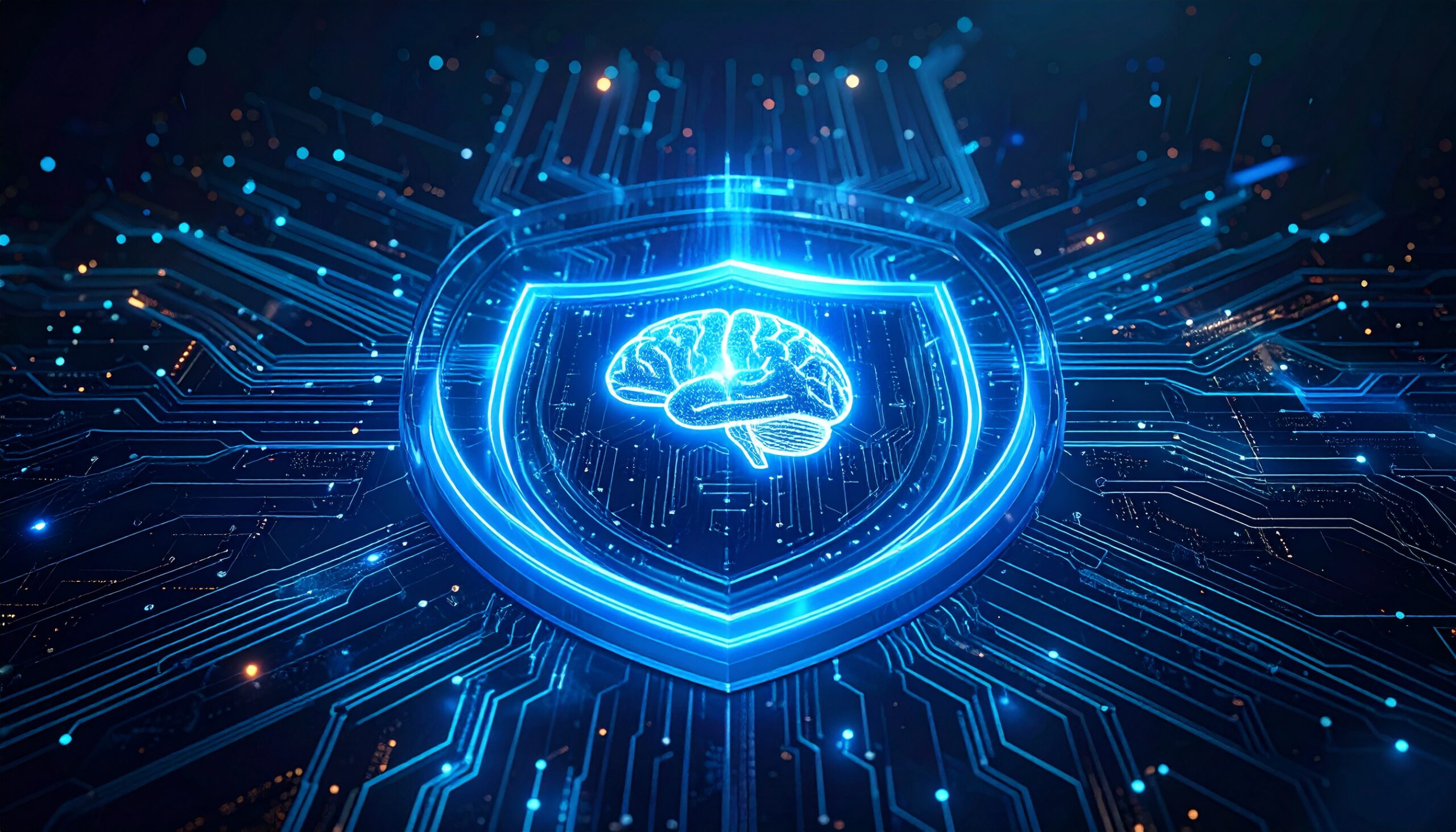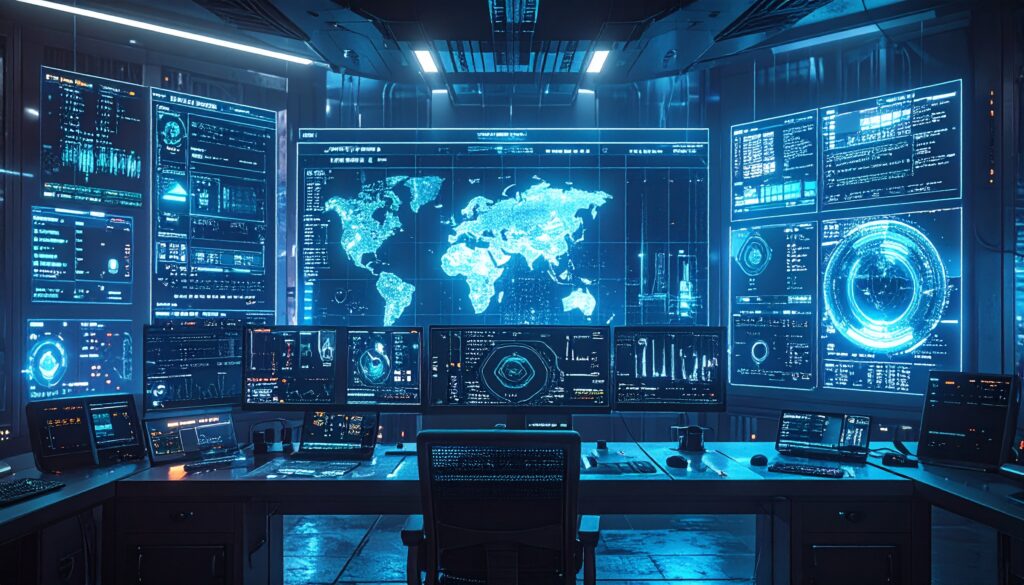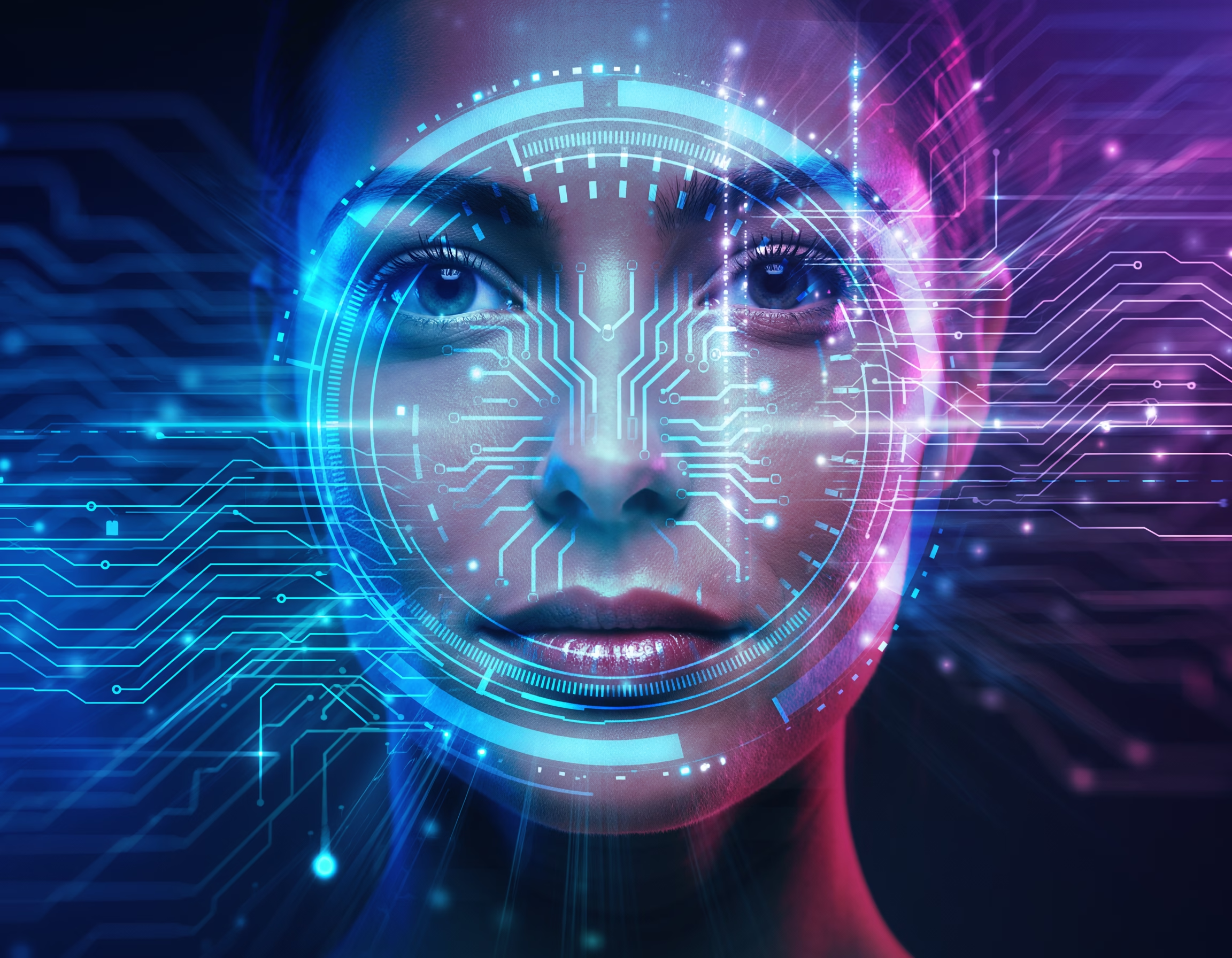AI vs Hackers: How Artificial Intelligence is Transforming Cybersecurity

Introduction: AI Cybersecurity – The New Battlefield
AI cybersecurity is no longer optional—it’s the frontline defense in today’s digital world. But here’s the catch: hackers are using AI too. This creates a high-stakes arms race where artificial intelligence in cybersecurity is both a shield and a sword. Whether you’re a business leader, IT professional, or just curious, understanding this dynamic is essential to staying safe in 2025. The rise of AI-driven attacks means traditional security measures are no longer enough. Organizations need smarter, faster, and more adaptive solutions to keep up with evolving threats.
How Hackers Exploit AI in Cybersecurity

Cybercriminals have embraced AI to make attacks faster, smarter, and harder to detect. Here’s how they’re doing it:
AI-Powered Phishing
Generative AI creates emails and messages that mimic real communication styles, making phishing harder to detect. These emails often include personalized details scraped from social media, making them highly convincing.
Example: A finance executive transferred $25 million after a deepfake video call impersonated their CFO. This shows how AI can combine phishing with deepfake technology to create multi-layered attacks.
Read more: What is Phishing? Common Scams and How to Avoid Them
AI-Generated Malware and Ransomware
Modern ransomware uses AI to adapt and evade detection. Some strains rewrite their code dynamically, bypassing traditional antivirus tools. AI-driven malware can even analyze a target’s defenses and adjust its behavior in real time.
Automated Credential Stuffing
AI bots test stolen credentials at scale, bypassing CAPTCHAs and mimicking human behavior. These bots can rotate IP addresses and adjust typing patterns, making them nearly indistinguishable from real users.
Social Engineering at Scale
AI scrapes social media and corporate data to craft personalized attacks. Combined with voice cloning and deepfakes, attackers can impersonate executives convincingly. This makes business email compromise (BEC) attacks more dangerous than ever.
Key Stat: AI-enabled cyberattacks surged 47% globally in 2025, targeting finance, healthcare, and government sectors. The FBI’s Internet Crime Report highlights that losses from AI-driven scams have doubled compared to previous years.
How AI Cybersecurity Defends Against Threats
Thankfully, defenders have AI on their side too. Here’s how artificial intelligence in cybersecurity is making a difference:
Real-Time Threat Detection
AI-powered systems analyze billions of data points to detect anomalies and zero-day exploits instantly. Unlike traditional tools, AI can learn from patterns and adapt to new threats without waiting for signature updates.
Automated Incident Response
When a breach occurs, AI can isolate infected systems, block malicious IPs, and contain threats in seconds—far faster than human teams. This reduces the damage window and prevents lateral movement within networks.
Predictive Security
Machine learning models forecast attack patterns, helping organizations patch vulnerabilities before hackers strike. Predictive analytics can identify which systems are most likely to be targeted next.
Fraud Detection
Banks and e-commerce platforms use AI to monitor transactions and flag suspicious activity in real time. AI models can detect subtle anomalies that humans might miss, such as micro-patterns in fraudulent transactions.
External Resource: ENISA Threat Landscape 2025
Top AI Cybersecurity Trends in 2025
- AI-Enhanced Phishing Detection: Tools that spot AI-generated scams by analyzing linguistic patterns and metadata.
- Behavioral Analytics: Monitoring user behavior to detect anomalies like unusual login times or geolocations.
- Automated Penetration Testing: AI simulates attacks to identify weaknesses before hackers do.
- AI-Driven SOCs: Security teams increasingly rely on AI for triage and prioritization of alerts.
- Predictive Analytics: Anticipating ransomware campaigns and phishing waves before they hit.
7 Practical AI Cybersecurity Tips
- Use AI-Powered Security Tools – Choose platforms with machine learning for real-time threat detection.
- Enable Multi-Factor Authentication (MFA) – Reduces the risk of credential-based attacks.
- Update Software Regularly – 32% of ransomware attacks exploit unpatched systems.
- Adopt Zero Trust Architecture – Never assume internal traffic is safe.
- Monitor Accounts Frequently – Set alerts for unusual activity.
- Train Employees on AI Threats – Awareness is your first defense.
- Backup Data Offline – Essential for ransomware recovery.
Read next: Cybersecurity Guide: The Ultimate Beginner’s Tutorial (2025)
Case Study: AI vs AI in Action

A European bank faced a spear-phishing campaign powered by generative AI. The emails mimicked internal communication styles and bypassed traditional filters. However, the bank’s AI-driven SOC flagged anomalies in email metadata and user behavior, quarantining the messages before any credentials were compromised. This real-world scenario shows why AI cybersecurity is no longer optional. Without AI defenses, the attack could have resulted in millions in losses.
3 Common Misconceptions About AI Cybersecurity
- “AI will replace human security teams.”
False. AI assists humans but can’t replace strategic decision-making. Human oversight is essential for interpreting AI insights and making critical decisions. - “AI can stop all cyberattacks.”
No system is foolproof. AI reduces risk but doesn’t eliminate it. Attackers constantly innovate, so layered security remains crucial. - “Only big companies need AI cybersecurity.”
Small businesses are prime targets and need AI tools too. In fact, attackers often see smaller firms as easier prey due to weaker defenses.
FAQ: AI Cybersecurity Questions Answered
Q1: Is AI cybersecurity expensive?
Not necessarily. Many cloud-based AI security solutions are affordable and scalable for small businesses.
Q2: Can AI detect insider threats?
Yes. Behavioral analytics powered by AI can identify unusual activity from employees, reducing insider risk.
Q3: How do I start implementing AI cybersecurity?
Begin with AI-driven threat detection tools and gradually integrate predictive analytics and automated response systems.
Q4: Does AI increase privacy risks?
AI processes large datasets, so compliance with GDPR and other regulations is essential. Choose vendors with strong privacy policies.
Conclusion: The Future of Cybersecurity is AI-Driven
AI is both a weapon and a shield in today’s cyber battlefield. Hackers use it to scale attacks, while defenders leverage it to predict and neutralize threats. The takeaway? Stay informed, adopt AI-powered tools, and train your teams. Cybersecurity in 2025 is about speed, intelligence, and adaptability.


